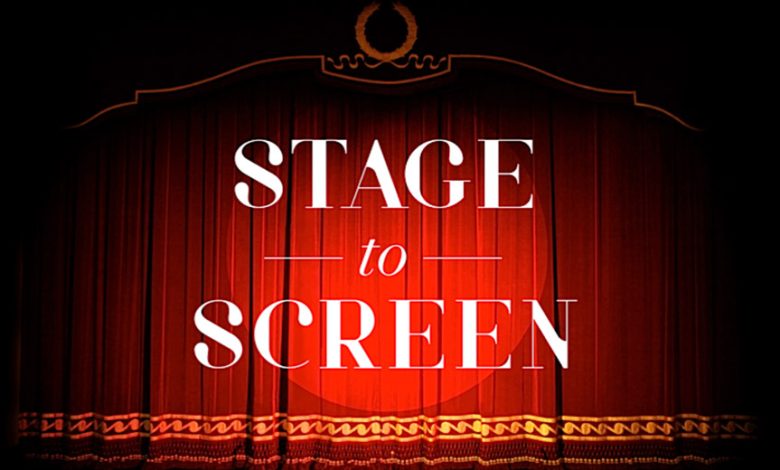From Stage to Screen: The Digital Revival of Live Theatre

Theatre has always depended on presence — actors performing in front of audiences, energy shared in a single space. But the way people experience live performance is shifting. In the last few years, new forms of digital production have blurred the boundary between stage and screen. Technology has become part of how plays are made, shared, and remembered. This change resembles how other online platforms, including cricket betting online, depend on real-time engagement to keep audiences connected. For theatre, the same digital immediacy is being used to keep live art alive, even when the audience is miles away.
1. The Push Toward Digital
The idea of streaming theatre was once an experiment. Live performances were filmed for documentation or for small online audiences. Then circumstances forced change. When physical attendance became limited, companies began turning to digital broadcasts. The process started as necessity but grew into exploration.
Digital tools allowed plays to reach audiences who might never enter a traditional theatre. It also gave artists new ways to structure storytelling — mixing live acting with pre-recorded scenes or interactive moments. The transition wasn’t smooth. Stage performance depends on the energy between actor and spectator, something hard to recreate through a screen. Yet it opened creative and economic doors that could not be ignored.
The next step is no longer about copying theatre on film but rethinking what “live” means in a connected world.
2. The Hybrid Performance
A growing number of productions now exist in hybrid form. They are staged before small in-person audiences while being streamed online. Viewers can watch on screens, sometimes interacting through chat or synchronized reactions.
This model changes how performances are designed. Directors must consider two audiences — the one in the room and the one beyond it. Camera placement, lighting, and pacing all affect how the digital viewer experiences the work. Actors also adjust their rhythm; a line delivered for a live crowd may land differently online.
Hybrid theatre shows that performance doesn’t have to choose between intimacy and reach. It can keep both, though it demands more planning. It’s not just about filming a show — it’s about crafting two versions of the same moment, one physical and one digital.
3. Accessibility and Inclusion
One of the most significant outcomes of this shift is access. For many, attending live theatre was limited by geography, cost, or physical ability. Streaming has lowered those barriers. People can now experience plays from other countries, smaller companies, or independent creators without leaving home.
This broader reach may reshape the economics of theatre. Smaller productions can build audiences online before touring physically. Artists can test ideas digitally before investing in full-scale staging. Theatres that once struggled to fill seats can now connect with global viewers who share their interest.
At the same time, digital access raises questions about ownership and compensation. How should ticket revenue be shared when performances are streamed? How do artists maintain control over recordings that can circulate endlessly online? The industry is still finding answers.
4. New Forms of Collaboration
Technology has not only changed how performances are seen but also how they are made. Remote collaboration has become part of theatre practice. Writers, directors, and designers can work together across cities or countries. Rehearsals may take place through video calls; visual effects can be created digitally and integrated into the production later.
This approach has made theatre more flexible. It also brings new forms of storytelling. Scripts can include digital layers — projections, soundscapes, or interactive elements that respond to audience input. The stage becomes both a physical and virtual environment.
In the long run, this could expand what people mean by theatre. The art form may evolve from a fixed event in one place to a network of performances that exist in multiple forms at once.
5. The Question of Presence
Despite these advances, a question remains: can digital theatre ever recreate the feeling of being there? The shared air, the small noises, the tension when an actor forgets a line — these are parts of live theatre’s identity.
Some argue that streaming loses this essence, turning performance into another form of content. Others see it differently. They say presence doesn’t disappear; it changes shape. The connection may be through sound, camera movement, or a live chat of people reacting at the same time.
This discussion reflects a broader cultural shift. In many areas of life — education, sports, entertainment — people are redefining what “live” experience means. Theatre is part of that process.
6. Economics and Sustainability
The digital revival of theatre is also a practical response to survival. Many companies rely on digital extensions to stay active between productions. Online performances cost less to stage and can reach audiences worldwide.
This hybrid economy blends traditional ticket sales with subscription models, donations, and digital sponsorships. It’s not a perfect solution — online attention is unpredictable, and income from streaming can be uncertain. But it gives small and mid-sized groups a way to remain visible and relevant in a crowded cultural landscape.
For large institutions, digital expansion has become part of their mission statements. For smaller ones, it’s a chance to build independence. The shared goal is to keep theatre adaptable in a world where cultural habits keep shifting.
Conclusion
The digital revival of live theatre isn’t replacing the stage — it’s extending it. Audiences still want the communal experience of a live show, but they also value accessibility and flexibility. Technology provides a bridge between those needs.
In the next decade, the line between stage and screen will likely blur even more. Theatre will continue to experiment with new formats, finding ways to keep its core strength — human connection — within digital spaces. The art form that once seemed fragile in the age of streaming may turn out to be one of the most adaptable.
The transformation is ongoing, quiet, and practical. Like any long performance, it unfolds scene by scene.





